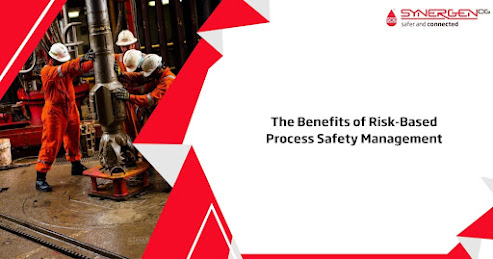The Benefits of Risk-Based Process Safety Management
.jpg)
In process safety , leaving things up to chance is not an option. The implementation of Risk-Based Process Safety Management (RBPS) affords numerous advantages, ensuring that operations involving hazardous substances are conducted safely and responsibly. Let's check the specific benefits this approach brings to the table. Prevention of Loss and Harm The fundamental advantage of RBPS is its preventive capability. It aims to forestall incidents that could result in loss of human life or injury. By averting accidents, damage to the environment is also minimized. The continuity of business operations is more assured when catastrophes are prevented. Improves Decision-Making With RBPS, decision-making becomes more structured and informed. It offers a clear method for identifying and assessing risks. Decisions are based on systematic evaluations rather than guesses. This leads to more effective and safer operational strategies. Effective Resource Utilization RBPS helps prioritize where at...
.jpg)
.jpg)
.jpg)
.jpg)